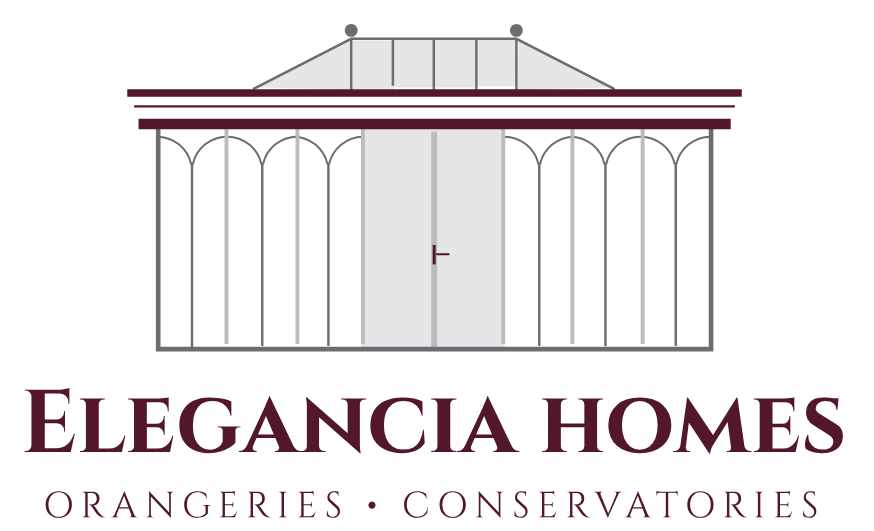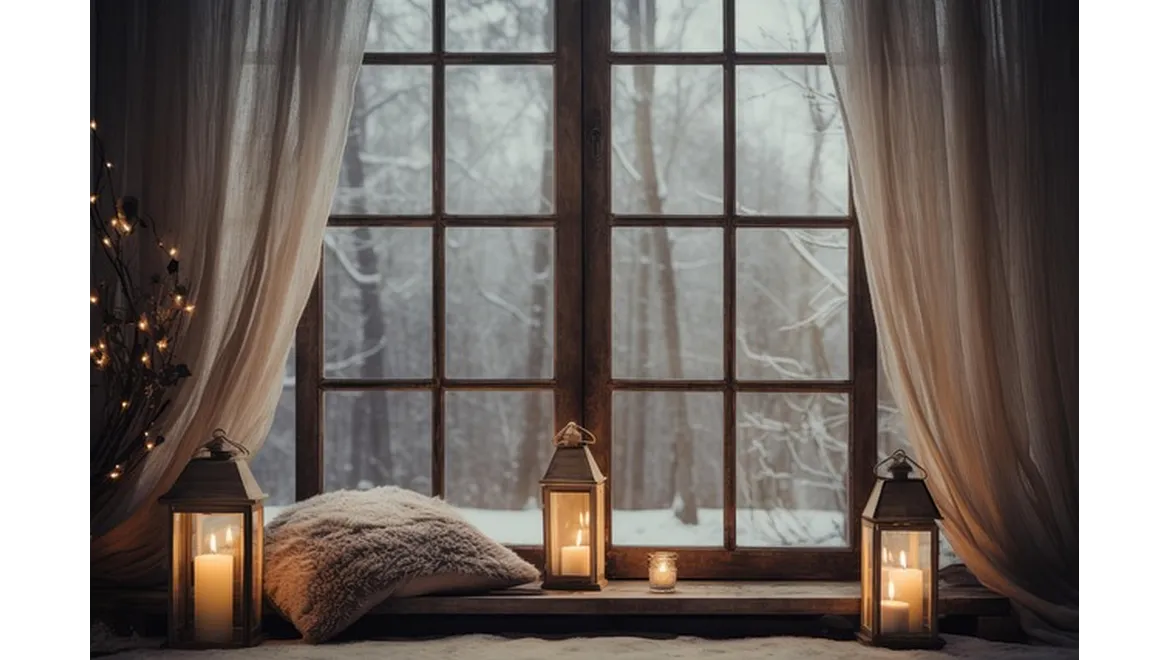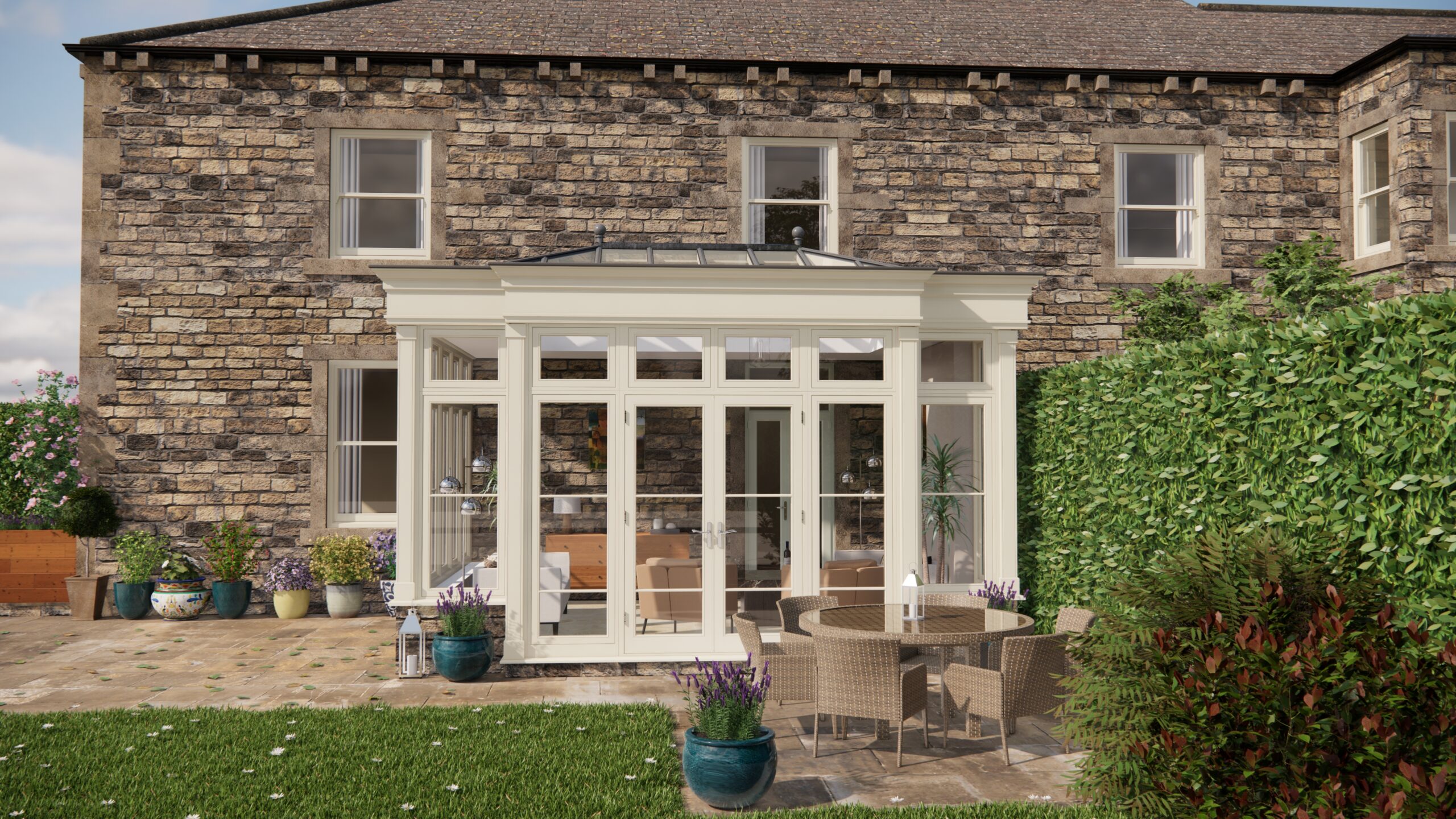Right, let’s talk about something I’ve been diving deep into lately: the psychology of home space. As someone who writes about wellness and making the most of our homes, I’ve always been fascinated by how our surroundings impact our mood, motivation, and overall well-being. I’ve been particularly interested in how we can actively shape our spaces to promote positivity and relaxation. My exploration led me to Hygge, and it’s honestly been a game-changer.
Hygge (pronounced ‘hoo-guh’) is a Danish concept that’s all about creating a cozy, comforting, and nurturing environment. It’s more than just decorating; it’s a feeling. It’s that sense of contentment you get from being surrounded by things you love, in a space that feels safe and warm. I found it to be far more about well-being than just nice decor.
The Hygge Ingredients: Textures, Light, Nature, and Connection
To understand Hygge, you need to grasp its core ingredients. First, soft textures are key. Think plush blankets, thick rugs, and cushions galore. I swapped out some of my crisper linens for softer alternatives, instantly making my living room feel more inviting. Warm lighting is another essential. Ditch the harsh overhead lights and opt for lamps with warm-toned bulbs, candles (real or LED), or fairy lights. The difference is remarkable! Natural materials are also important. Bring the outdoors in with wooden furniture, houseplants, and natural fabrics like linen and wool. Finally, and perhaps most importantly, Hygge is about social connection. Create spaces where you can comfortably spend time with loved ones, whether it’s a cozy reading nook or a dining area perfect for shared meals.
Hygge in Practice: Room by Room
I began applying these principles room by room, starting with my living room. I added a sheepskin rug, rearranged the furniture to create a more intimate seating area, and filled the space with candles and plants. The transformation was incredible. It went from feeling like just a room to somewhere I really wanted to be and spend time.
Next, I tackled my bedroom. I invested in some high-quality, soft bedding and replaced my bedside lamp with one that emits a warm, gentle glow. I also added some blackout curtains to ensure a restful night’s sleep. This helped create a proper sanctuary for sleep and relaxation.
Even the bathroom got the Hygge treatment. I added some fluffy towels, a wooden bath mat, and some scented candles. It’s now a space where I can truly unwind and escape the stresses of the day.
Hygge, Home Exercise, and Orangeries
As I mentioned before, I am also an advocate of using the home space for exercise and relaxation. This is where Hygge becomes really interesting. Creating a dedicated space for yoga or other forms of exercise can greatly enhance the experience. Soft lighting, natural materials, and comfortable temperatures can all contribute to a more relaxing and meditative practice.
For example, if you have the space, consider turning a spare room into a home yoga studio. Use natural materials like bamboo flooring and fill the room with plants. Add some soft lighting and comfortable cushions, and you’ll have a space that’s conducive to relaxation and well-being.
Orangeries, with their abundant natural light and connection to the outdoors, are exceptionally well-suited for these activities. Imagine practicing yoga in a bright, airy space surrounded by greenery. The natural light and connection to nature can help to improve your mood and reduce stress.
I’ve found that my home yoga practice has improved immensely since incorporating these Hygge principles. The cozy and comfortable environment allows me to fully relax and focus on my practice.
Hygge for All Ages
It is also important to remember that Hygge is not just for adults. Children can also benefit from a cozy and comforting home environment. Create spaces where they can play, read, and relax. Add soft textures, warm lighting, and natural materials to their bedrooms and playrooms. Encourage them to spend time outdoors and connect with nature. This will help them to develop a sense of well-being and contentment.
The key is to create an environment that feels safe, nurturing, and inviting for everyone in the family.
After my experiment, I learnt that creating a nurturing and comforting environment within your home space is not just about aesthetics; it’s about fostering well-being. The principles of Hygge – soft textures, warm lighting, natural materials, and social connection – can be applied to every room in the house to promote relaxation, contentment, and a sense of belonging. This is what I discovered, a mindful transformation of my home space and in turn, my well-being.


